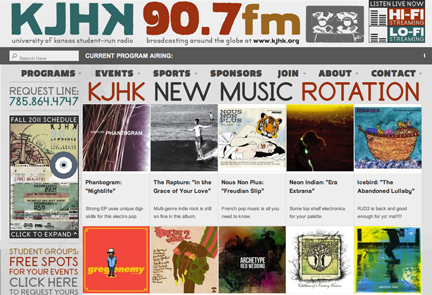
In the first panel/round table where I spoke at the European Wine Bloggers Conference in Brescia a few weeks ago, I was asked “to defend the written” word as a medium for wine blogging (here’s my post on my “defense”).
In the second panel, organizer and curator Ryan Opaz asked me and the other participants to talk about “stories that haven’t been told” in wine blogging.
The different panelists had widely divergent approaches to the subject but wine writer and blogger Elisabetta Tosi made a point that resonated with me.
In Italy, she said, wine marketers continue to tell wine stories in terms of family and tradition, focusing on the generational continuity and historical significance of the wines and the wineries. Most, she observed, neglect to talk about the quality of the wine itself, concentrating solely on the cultural value of the wine.

Her point aligned with mine: I believe that, although there are some notable exceptions, English-language wine writers favor technical descriptions of the wines they cover, from how they are produced to how they taste; in Europe, where wine writing is not as rigidly codified as it is on this side of the pond, I find that wine (and culture desk) writers tend to discuss wines in terms of their cultural value and context.
To her point, I added that while English-language writers tend to limit their descriptions and assessments to the technical merits and flaws of the wines, European writers view wines as ideological and even ethical expressions of their respective nations. In other words, where Antonio Galloni — a writer and Italian wine expert whom I admire greatly — will provide tasting and vintage notes for a wine by Bartolo Mascarello, an Italian writer will attempt to delineate the epistemological implications of the winery, the winemaker, and his wines (as in this post, where a blogger lists the authors he finds on Bartolo’s shelves: “Togliatti, Longo, Marx, Liberovici, Marcuse”; can you imagine James Suckling even contemplating such authors?).

A great illustration of this divide came up in the feed today, when leading Italian wine writer and top Italian wine blogger Franco Ziliani published a post entitled “Americans are the only ones capable of believing in the fairytale of a ‘Chiantified’ Merlot.”
In the post, Franco examines a review of a Ricasoli Merlot by W. Blake Gray in which the American writer praises the winery for a “Chiantified Merlot,” his “favorite wine in the portfolio.”
Nonplussed, Franco decries Gray’s claim that the wine is “a positive example of internationalization.”
“How the devil can you take people like this seriously?” asks Franco. The lunacy of Gray’s assessment and Ricasoli’s approach to internationalized wines for the American market is self-evident in Franco’s view and that of his readers.

In America, wine writers and wine shoppers and winemakers think of wine solely as a luxury product. In Europe, they think of wine as an indispensable nutrient, even when proposed in its most elitist expressions. In America we describe how it was made and how it tastes. In Europe, wine writers address a given wine’s technical achievement and its inherent quality but they do not shy from its ideological and ethical implications.
There’s nothing wrong in asking whether a wine is good or bad, in my view. In fact, I believe that mundane assessment of wine is a wonderfully rich pretext for a deeper understanding of humanity and our humanness. But I also believe that we must approach wines metaphysically, in other words, beyond their physical limitations. Beyond asking whether a wine is good or bad, I told the audience who attended the panel, we should be asking whether or not a wine is good or evil.
Although it’s not the only story that has yet to be told, I believe it is the most urgent one that awaits our attention, our utterance, and our articulation.
Thanks for reading…
(In the photos above: St. Francis of Assisi, Mussolini, Palmiro Togliatti, and a group of old men playing cards in Borgonato in Franciacorta, province of Brescia.)















 When
When 




